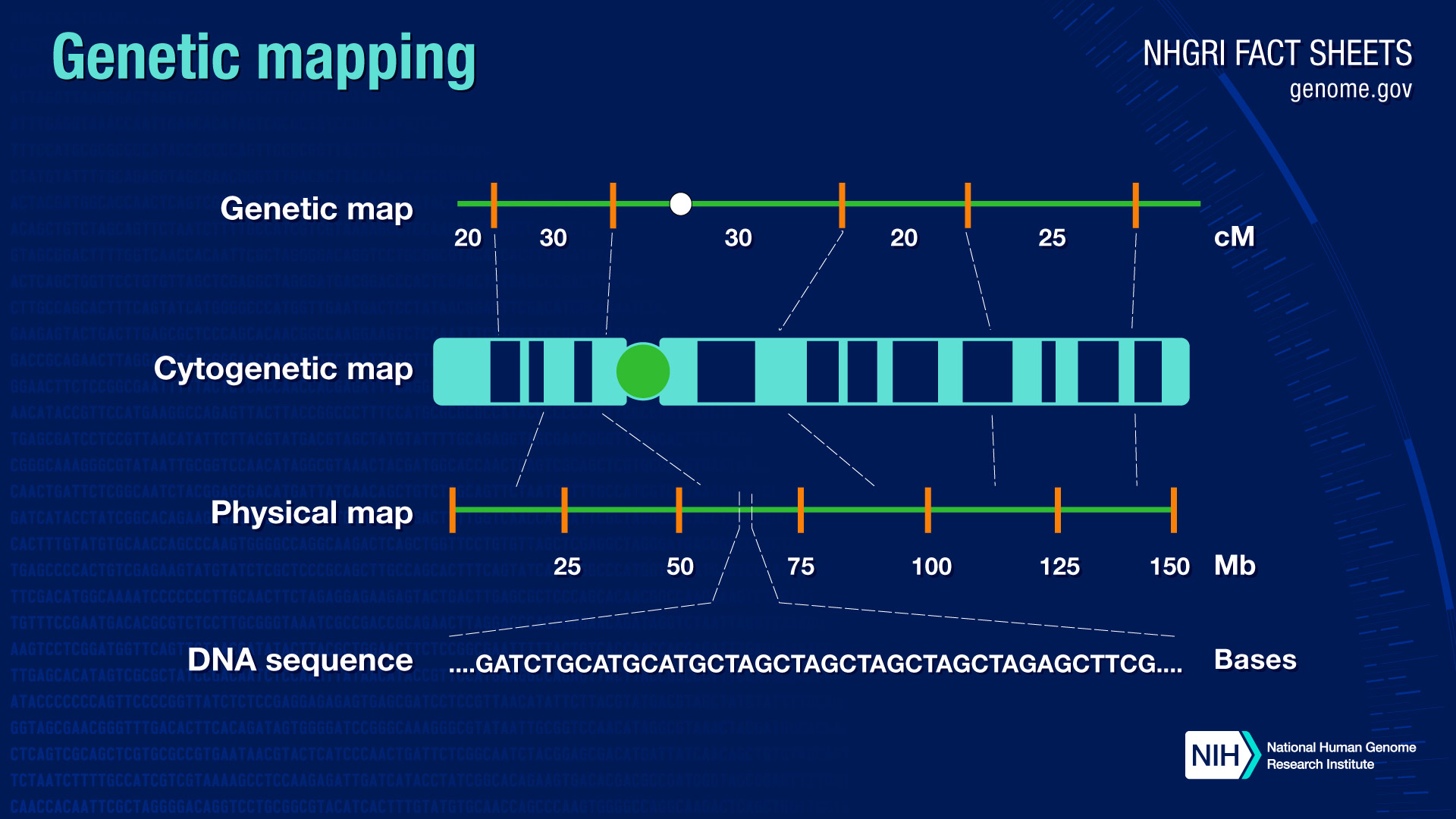Table of Contents
Introduction
- The discovery of linked genes and recombination due to crossing over motivated the study of genetic mapping.
Alfred H. Sturtevant’s Method of Constructing a Genetic Map
- Sturtevant, a student of Morgan, worked out a method for constructing a genetic map by assigning relative positions to genes on the same chromosomes.
- He hypothesized that the percentage of recombinant offspring (recombination frequency) depends on the distance between genes on a chromosome.
- He assumed that crossing over is a random event with equal chance of occurring at all points along a chromosome.
- Based on these assumptions, the farther apart two genes are, the higher the recombination frequency and the greater the points for crossing over.
- Using recombination data from fruit fly crosses, Sturtevant mapped genes and expressed distances between them in map units (equivalent to 1% recombination frequency).
Challenges in Interpreting Recombination Data
- The interpretation of recombination data is complicated by genes that are so far apart that a crossover between them is virtually certain, leading to a maximum frequency of 50% recombination, indistinguishable from genes on different chromosomes.
- These genes, although physically connected on the same chromosome, behave as if they were on different chromosomes.
- Mapping genes located far apart on a chromosome involves adding recombination frequencies from closer pairs of genes lying between the two distant genes.
Success of Sturtevant’s Method
- Sturtevant and his colleagues were able to map numerous Drosophila genes in linear arrays, clustering into four groups of linked genes (linkage groups).
- The linkage map provided evidence that genes are located on chromosomes.
- Each chromosome has a linear array of specific genes, each gene with its own locus.
Limitations of a Linkage Map
- A linkage map is based strictly on recombination frequencies and gives only an approximate picture of a chromosome.
- The frequency of crossing over is not uniform over the length of a chromosome and map units do not correspond to physical distances.
- A linkage map portrays the order of genes along a chromosome but not the precise locations of genes.
Advances in Mapping Gene Locations
- Cytogenetic maps of chromosomes locate genes with respect to chromosomal features visible in a microscope.
- DNA sequencing has advanced and is now used to map the locations of genes in a species.
- The entire nucleotide sequence is the ultimate physical map of a chromosome, revealing physical distances in DNA nucleotides between gene loci.
